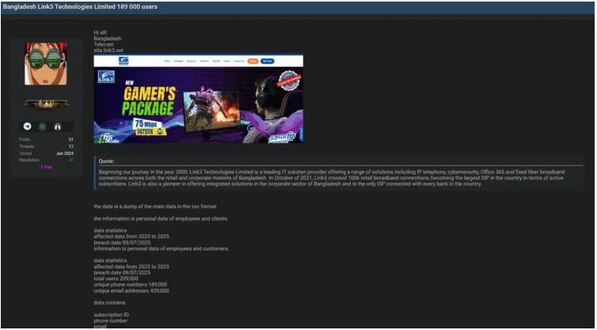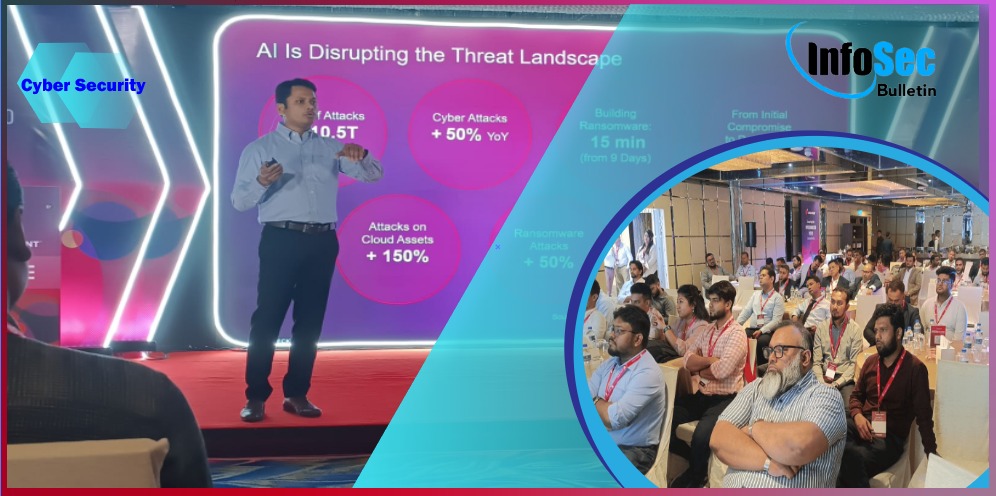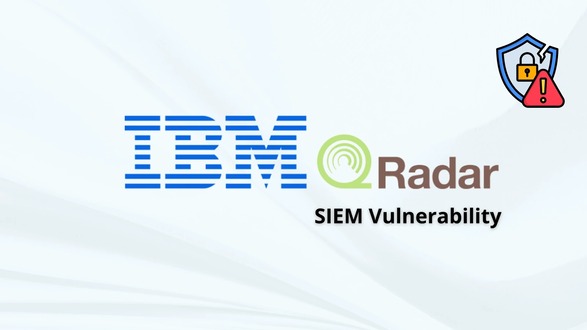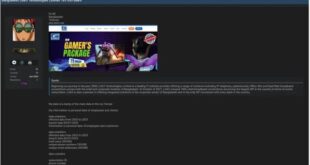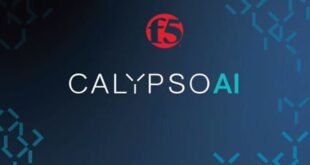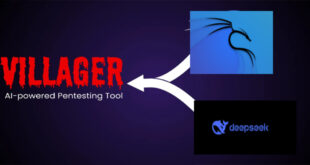Cyble Research and Intelligence Labs found that two cyber threat groups, Transparent Tribe (APT36) and SideCopy, are using advanced strategies to target India, putting both public and private sectors at risk.
Cyble Research and Intelligence Labs (CRIL) found that two APT groups, Transparent Tribe (APT36) and SideCopy, are using advanced cyber strategies to target India, posing significant risks to both public and private sectors.
In early May, CRIL found a harmful website linked to the SideCopy APT group. The website had a file called “files.zip” with three folders: “economy,” “it,” and “survey.” The “survey” folder had lure files similar to those used before, while the contents of the other two folders are unknown.
Cyble Research and Intelligence Labs found that two cyber threat groups, Transparent Tribe (APT36) and SideCopy, are using advanced strategies to target India, posing risks to public and private sectors.
In May, CRIL discovered a harmful website linked to the SideCopy APT group. The website had a file called “files.zip,” which had three folders: “economy,” “it,” and “survey.” The “survey” folder had deceptive files like the ones used before, but the contents of the other two folders are unknown.
CRIL found that the SideCopy malware campaign uses harmful LNK files. When opened, these files lead to the installation of malware. The infection begins with a spam email that prompts the download of a disguised LNK file, which then starts a chain of events, ultimately leading to the deployment of malicious software.
The HTA file combines encoded strings together, decodes them, and saves the output in memory as a harmful DLL called “PreBotHTta.dll.” This DLL utilizes ActiveX objects to execute its payload, which includes decoding and decompressing more malicious content.
Cyble Research and Intelligence Labs (CRIL) found alarming developments with two Advanced Persistent Threat (APT) groups, Transparent Tribe (APT36) and SideCopy, using advanced cyber strategies to target India, posing significant risks to public and private sectors.
RIL found a harmful website linked to the SideCopy APT group. The website had a file called “files.zip,” which had three directories: “economy,” “it,” and “survey.” The “survey” directory had files that lured people, like in previous attacks. The contents of the other directories are unknown.
CRIL found out that the SideCopy malware campaign uses harmful LNK files. When these files are opened, they start a series of commands that lead to malware being installed. The infection begins with a misleading email that leads to the download of a ZIP file with a fake LNK file. When this file is opened, it launches “mshta.exe” to connect to a harmful URL and download an HTA file, which then runs a harmful DLL.
The HTA file combines encoded strings, decodes them, and writes the content into memory as a harmful DLL called “PreBotHTta.dll”. This DLL uses ActiveX objects to run its payload, which includes decoding and decompressing more harmful content.
The malware downloads a text file from a URL, saves it as “newFile.txt,” and uses it for more malicious activities. It uses different ways to continue its actions depending on the antivirus software installed. For example, if Kaspersky AV is found, it drops additional HTA and batch files to stay hidden and active. Similar methods are used for other antivirus software to keep the malware undetected.
Malware can use ReverseRAT to secretly access and control a system, like stealing data and monitoring activity. This RAT can change its behavior to evade antivirus software, showing how advanced and adaptable attackers can be.
The SideCopy APT group, a subgroup of Transparent Tribe, poses a significant threat with their advanced and coordinated attack methods. Their use of powerful malware like ReverseRAT and Action RAT highlights the importance of strong cybersecurity defenses.
 InfoSecBulletin Cybersecurity for mankind
InfoSecBulletin Cybersecurity for mankind

